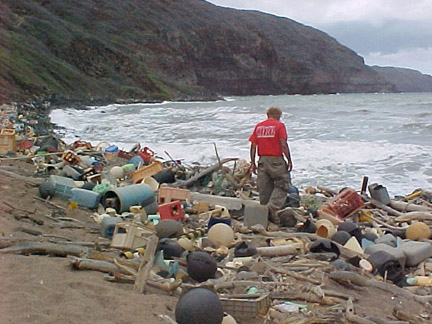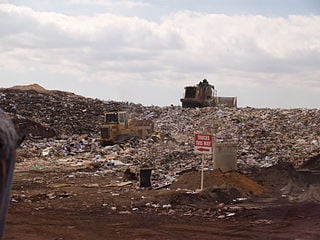The below May 15, 2019 press release is from the Center for International Environmental Law.
In 2019 alone, the production and incineration of plastic will add more than 850 million metric tons of greenhouse gases to the atmosphere—equal to the pollution from 189 new 500-megawatt coal-fired power plants, according to a new report, Plastic & Climate: The Hidden Costs of a Plastic Planet. The rapid global growth of the plastic industry—fueled by cheap natural gas from hydraulic fracturing—is not only destroying the environment and endangering human health but also undermining efforts to reduce carbon pollution and prevent climate catastrophe.
This is the conclusion of a sweeping new study of the global environmental impact of the plastic industry by the Center for International Environmental Law, Environmental Integrity Project, FracTracker Alliance, Global Alliance for Incinerator Alternatives, 5 Gyres, and Break Free From Plastic.
The new report gathers research on the greenhouse gas emissions of plastic at each stage of the plastic lifecycle—from its birth as fossil fuels through refining and manufacture to the massive emissions at (and after) plastic’s useful life ends—to create the most comprehensive review to date of the climate impacts of plastic.
With the ongoing, rapid expansion of the plastic and petrochemical industries, the climate impacts of plastic are poised to accelerate dramatically in the coming decade, threatening the ability of the global community to keep global temperature rise below 1.5°C degrees. If plastic production and use grow as currently planned, by 2030, emissions could reach 1.34 gigatons per year—equivalent to the emissions released by more than 295 500-megawatt coal power plants. By 2050, the production and disposal of plastic could generate 56 gigatons of emissions, as much as 14 percent of the earth’s entire remaining carbon budget.
The rapid growth of the industry over the last decade, driven by cheap natural gas from the hydraulic fracturing boom, has been most dramatic in the United States, which is witnessing a dramatic buildout of new plastic infrastructure in the Gulf Coast and in the Ohio River Valley.
For example, in western Pennsylvania, a new Shell natural gas products processing plant being constructed to provide ingredients for the plastics industry (called an “ethane cracker”) could emit up to 2.25 million tons of greenhouse gas pollution each year (carbon dioxide equivalent tons). A new ethylene plant at ExxonMobil’s Baytown refinery along the Texas Gulf Coast will release up to 1.4 million tons, according to the Plastic and Climate report. Annual emissions from just these two new facilities would be equal to adding almost 800,000 new cars to the road. Yet they are only two among more than 300 new petrochemical projects being built in the US alone, primarily for the production of plastic and plastic additives.
Plastic in the environment is one of the least studied sources of emissions—and a key missing piece from previous studies on plastic’s climate impacts. Oceans absorb a significant amount of the greenhouse gases produced on the planet—as much as 40 percent of all human-produced carbon dioxide since the beginning of the industrial era. Plastic & Climate highlights how a small but growing body of research suggests plastic discarded in the environment may be disrupting the ocean’s natural ability to absorb and sequester carbon dioxide. Plastic & Climate uses conservative assumptions to create a projection of plastic’s climate impacts under a business-as-usual scenario, meaning that the actual climate impacts of plastic are likely to exceed these projections.
The report identifies a series of actions that can be taken to reduce these climate impacts, concluding that the most effective way to address the plastic crisis is to dramatically reduce the production of unnecessary plastic, beginning with national and global bans on nearly all single-use, disposable plastic.
The proposed solutions include:
- ending the production and use of single-use, disposable plastic;
- stopping development of new oil, gas, and petrochemical infrastructure;
- fostering the transition to zero-waste communities;
- implementing extended producer responsibility as a critical component of circular economies; and
- adopting and enforcing ambitious targets to reduce greenhouse gas emissions from all sectors, including plastic production.

Image above: U.S. National Oceanic and Atmospheric Administration
Published by Alan Kandel

Organize a share boycott of the companies involved